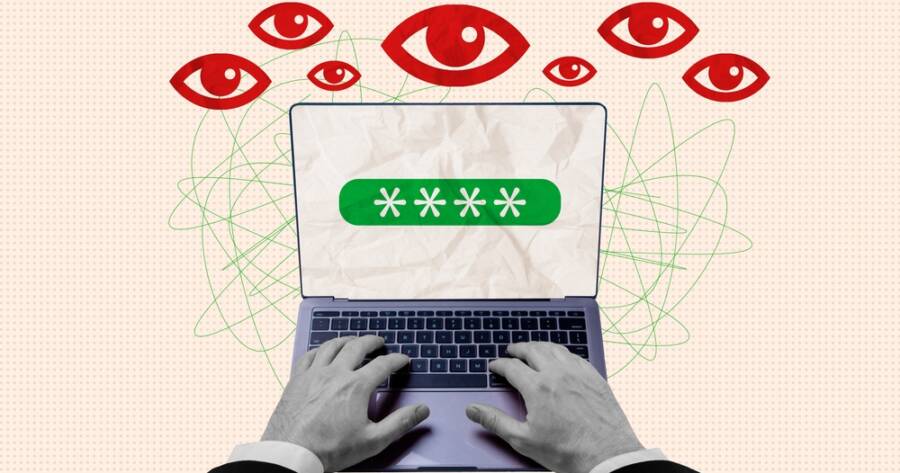In our hyper-connected world, digital convenience is everywhere—from online banking and mobile shopping to digital medical records and social media logins. But with this convenience comes a growing risk: digital identity theft. As we rely more heavily on the internet for day-to-day tasks, cybercriminals have found increasingly sophisticated ways to steal personal information, wreaking havoc on victims’ finances, privacy, and peace of mind. Explore what you need to know about the rise of digital identity theft, how it happens, and—most importantly—how to protect yourself.
What Is Digital Identity Theft?
Digital identity theft occurs when someone illegally obtains and uses your personal information—such as your name, Social Security number, credit card details, or login credentials—for fraudulent purposes. This can include opening new credit accounts, making unauthorized purchases, filing fake tax returns, or even impersonating you online.
Unlike traditional identity theft, digital identity theft often happens without any physical contact. It can be the result of phishing scams, data breaches, or even oversharing personal details on unsecured websites or social media platforms.
Why Is It on the Rise?
Several factors have contributed to the surge in digital identity theft:
- Increased online activity: More people are shopping, banking, and working online than ever before.
- Larger digital footprints: Social media, online subscriptions, and apps all require personal information.
- Frequent data breaches: Hackers often target large organizations and leak customer data on the dark web.
- Remote work vulnerabilities: Working from home has created new weak points in cybersecurity, especially on unsecured Wi-Fi networks.
These trends mean that even tech-savvy users are not immune from the growing threat of identity theft.
Common Methods Used by Cybercriminals
Phishing Emails and Texts
Fraudulent messages that trick you into clicking on malicious links or providing sensitive information.
Social Engineering
Scammers use publicly available information (often from social media) to manipulate you into giving up personal details.
Data Breaches
Hackers target companies, exposing thousands—or millions—of customer records.
Fake Websites and Wi-Fi Networks
Cybercriminals create lookalike websites or public Wi-Fi hotspots to intercept login information.
Malware and Spyware
Malicious software that infects your device and secretly captures your data.
How to Protect Yourself
Staying one step ahead of digital identity theft means being proactive and aware. Here are key strategies to safeguard your information:
1. Use Strong, Unique Passwords
Avoid reusing passwords across accounts. Consider using a password manager to create and store secure, unique passwords.
2. Enable Two-Factor Authentication (2FA)
2FA adds an extra layer of protection by requiring a second form of verification, such as a code sent to your phone.
3. Monitor Your Accounts Regularly
Check bank statements, credit reports, and online accounts for unfamiliar activity. The sooner you spot something suspicious, the faster you can act.
4. Be Cautious with Public Wi-Fi
Avoid accessing sensitive accounts or entering personal information on public Wi-Fi networks. Use a VPN (Virtual Private Network) for added security.
5. Think Before You Click
Be skeptical of unexpected emails or messages asking for personal info—especially those with urgent language or suspicious links.
6. Limit Personal Info Online
Be mindful of what you share on social media and keep privacy settings updated.
7. Freeze Your Credit
Consider placing a credit freeze with major credit bureaus to prevent unauthorized access to your credit file.
Stay Informed, Stay Protected
Digital identity theft is a real and rising threat in the modern world, but the good news is you don’t have to be a cybersecurity expert to protect yourself. With a few smart habits and tools, you can make it much harder for cybercriminals to target you.
Remember, prevention is always easier than recovery. By staying informed and vigilant, you can enjoy the benefits of the digital world—without becoming a victim of it.

